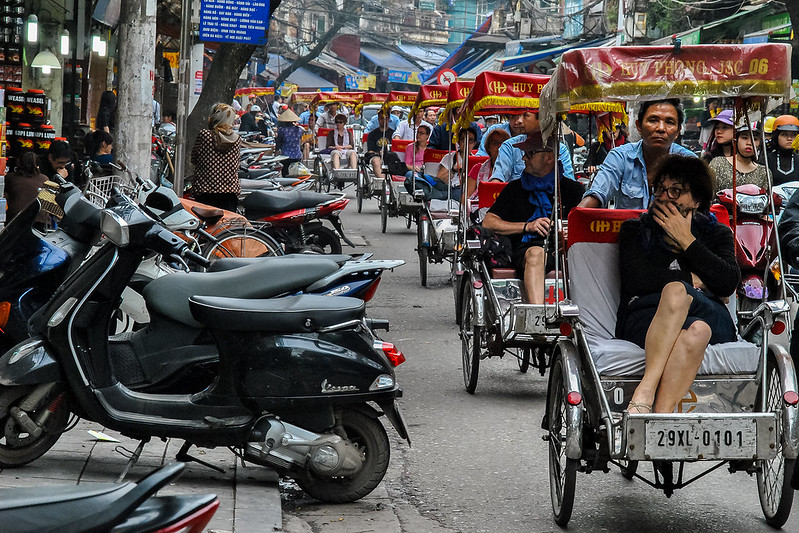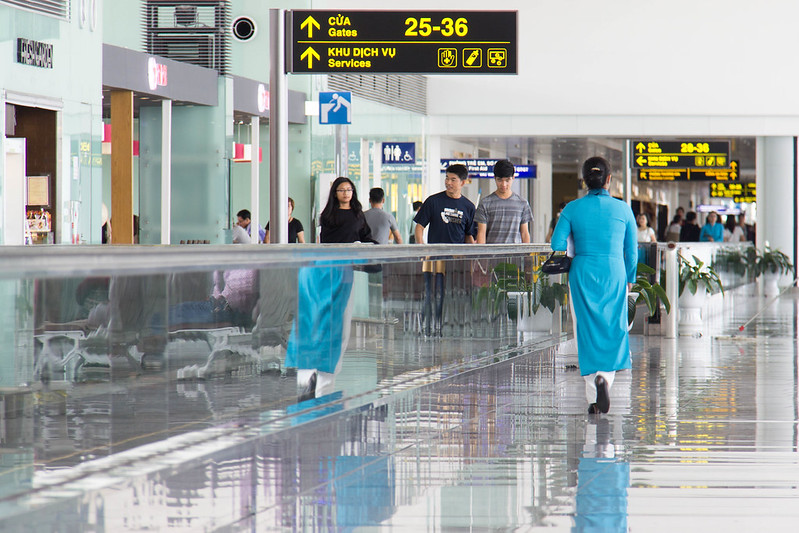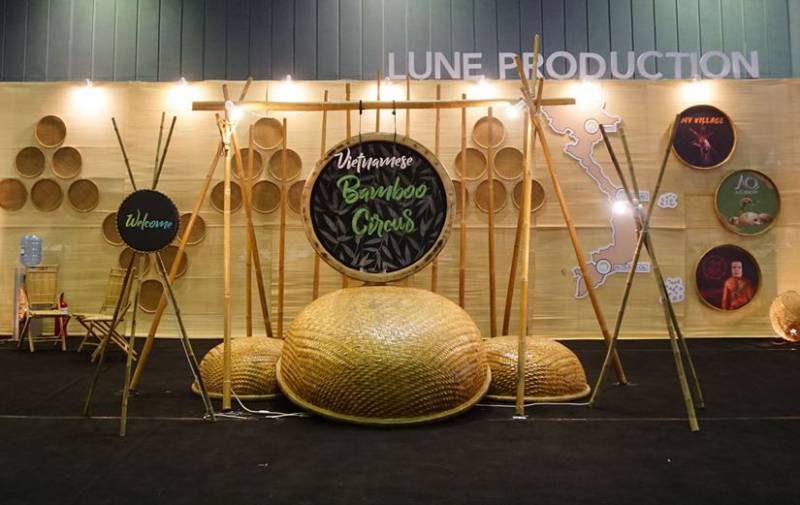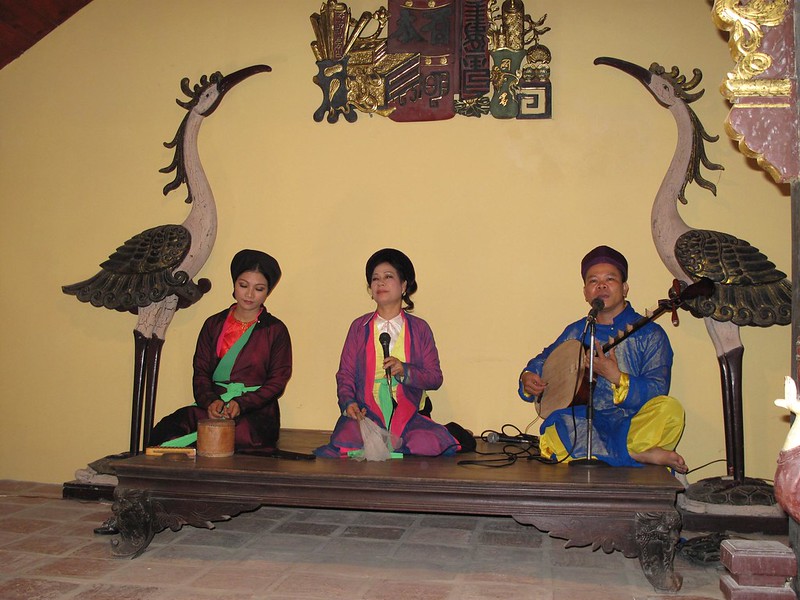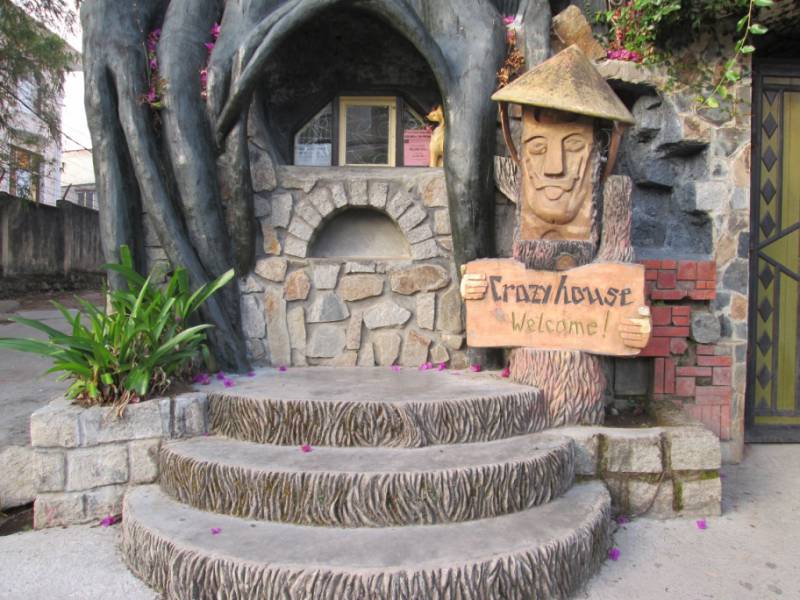Much of the province remains undeveloped and seldom-visited, perhaps because so much of it shares a border with Laos, and decent through-roads linking the two countries have been a long time in coming. The border crossing at Tay Trung (Sop Hun on the Laos side) is open for business and foreigners can pass through here.
The provincial capital, Dien Bien Phu, is mostly a mix of ethnic Viet Kinh (the majority ethnic group of the country) and White Thai, with other minorities inhabiting the outlying areas, but is best know for the battle of the same name which pretty much marked the beginning of the end — or more like the end of the beginning of the end — for the French involvement in Vietnam.
The long, wide valley that encloses the town was the scene of a fierce, 57-day siege on French positions that decisively ended French rule in Indochina, and, in doing so, inspired anti-colonialist, revolutionary movements around the world and set the stage for some of the most pivotal events of the second half of the 20th century.
Now little remains of the battlefield itself — the trenches, barbed wire, encampments, and battle lines that once criss-crossed the terrain have long since been erased to make room for development and agriculture. But a handful of war vestiges have been carefully preserved, constituting a series of exhibits that tourists can view and learn from, with or without a guide, in the course of a day.
This is, by far, the chief reason any tourist ever visits Dien Bien Phu at all, and for French travellers looking to get in touch with that important, decidedly chequered, chapter of their history, a stop here is de rigeur. But for most other travellers, a trip to A1 Hill and the museum will offer all the coverage of the event that they need.
Aside from the history on display, Dien Bien Phu presents little more that a sprawling, dusty, nondescript border town and you’ll have a hard time filling your dance card if you stay here more than a day or so. However, an improved Highway 6 and enhanced bus service makes this a far easier place to reach than it was a few years back.
The Tay Trung Border
You may also need to pass through Dien Bien Phu if you are coming or going through Tay Trung/Sop Hun, the border crossing with Laos, 34 km to the southwest. This provides and interesting new route for travelling from northern Laos directly to Hanoi without having to dip down to Luang Prabang or Vientiane.
It’s still sparsely-used by foreigners, but you can get a Laotian visa-on-arrival when crossing into Laos, and, as ever, most nationalities must already have obtained a valid Vietnamese visa when crossing the other way.
The best option for crossing into Laos is to take the bus direct from Dien Bien Phu to Muang Khua in Phongsali province. The bus leaves at 05:30 and costs 88,000 VND. There’s little reason to just arrange travel to the border but if you want to your best bet is to take a xe om which will cost around 130,000.
Orientation
The main road through town and on to the Tay Trung border is mostly called ’Duong 7-5’ commemorating the date, May 7, 1954, when the French said, Adieu for the last time. It’s easy enough to find, especially at night when it’s illuminated by some rather fun, multi-coloured columns of changing lights. But street address -- not so easy to find: sometimes they go by the phuong, or ’ward’ they are in. The stretch between the market and heading towards the border is in Phuong Muong Thanh. Heading from the market towards Tuan Giao, the road is in Phuong Him Lam. After you cross the bridge from the market to the bus station, you’re in Phuong Thanh Binh. And many places have no address at all. Needless to say, navigating by addresses here can be tricky. You can orient yourself by finding the market, which is at the three-way intersection described above, and has a tall red and white radio tower just across from it.
Things are pretty spread out, so if you don’t want to spend all day walking around, you’ll be making good use of the motorcycle taxi drivers that hand out at the market.
The centre of Muong Thanh ward is a great little neighbourhood that can be reached by turning on the road alongside the Dien Bien Phu hotel (Hoang Cong Chat) or the one by the cemetery (Hoang Van Thai) and heading a kilometre east. Unfortunately, there’s no longer a place to stay here since the old Beer Factory Guesthouse closed down. It’s still a good place to head, though, for food, internet, bia hoi, and an ATM machine.
The BIDV bank is located along the road to Tay Trung, on the right hand side leaving town: The ATM accepts foreign cards, but no services are on offer other than dong for dollars. We found the ATM here very wonky on our visit, so if you run into the same problem, there’s another one Hoang Van Thai a couple hundred metres north of the intersection with Tran Can Street.
BIDV: 7-5 Road (888 Pho Muong Thanh 3), Dien Bien Phu. T: (0230) 825 852, 774, F: (0230) 826 016. Hours: 08:00 to 04:30 weekdays
Internet is not ubiquitous, and we couldn’t find any places open and running near the market. Seek out Nguyen Chi Thanh which runs parallel just west of 7-5 Street. A block before the road to the Muong Thanh bridge on the left is Quang Trung Internet, and there’s another cyber cafe a couple doors down. More options can be found by taking the turn along side the Dien Bien Phu hotel and heading about a kilometre east.
To reach the bus station, turn off 7-5 Road at the market and cross the Thanh Binh bridge -- it’s on the right.
Frequently Asked Questions About Dien Bien Phu
Which Experiences Are Best For Tours In Dien Bien Phu
These experiences are best for tours in Dien Bien Phu
Best Dien Bien Phu Trekking 2 days
Photography Tour in Dien Bien Phu 3 days
Highlights Of Dien Bien Phu 4 Days
What Are The Best Places Plus With Tours In Dien Bien Phu?
These places are best for tours in Dien Bien Phu:
Inspired By Tour Northwest Of Vietnam 5 Days
Hunting Terraced Rice Fields & Hill Tribes 5 Days
Dien Bien Phu & Cruise Halong Bay 5 Days
Which Place Is Must See In Dien Bien Phu?
These places must see in Dien Bien Phu:
A1 Hill
D1 Hill
Dien Bien Phu Museum



